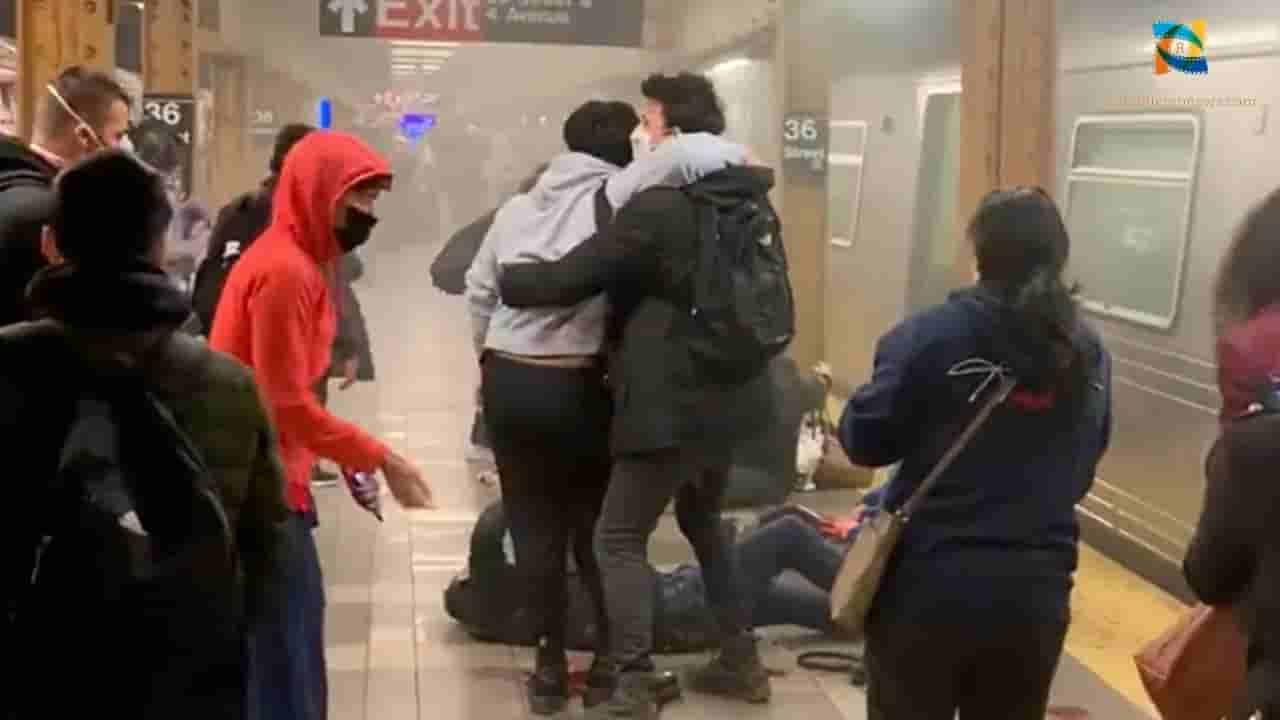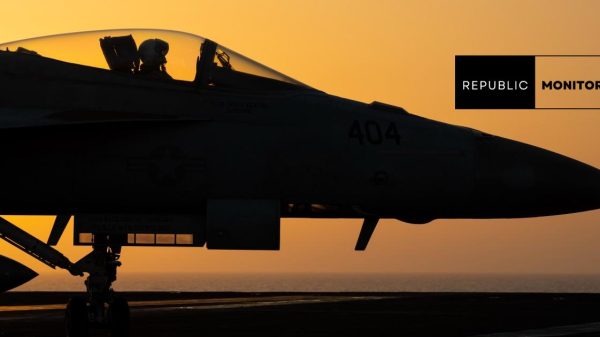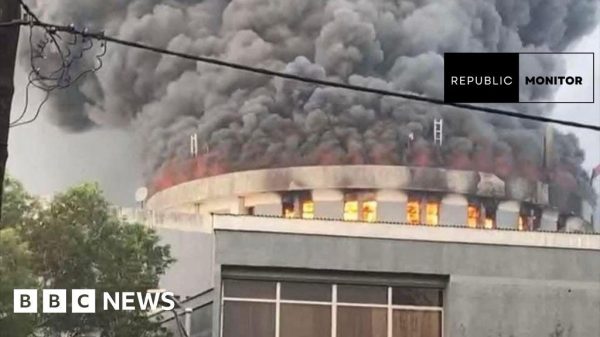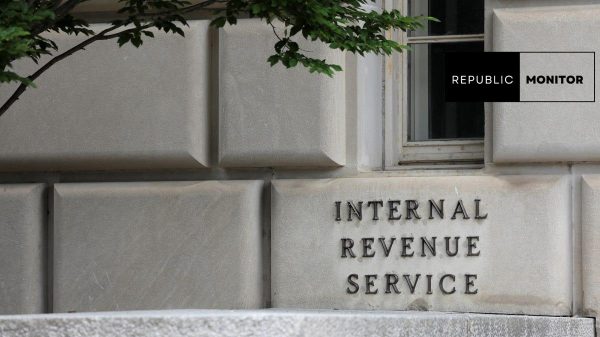Security cameras in the Brooklyn subway station where a shooter opened fire this past April had failed days before the rush-hour massacre. Still, the failure went undiscovered for a full day due to “confusing and inadequate” processes, according to a report by the MTA Inspector General (OIG). The inquiry into the April 12 camera failure on 36th Street in Sunset Park began immediately after the April 12 shooting, allegedly by Frank James. Police have previously admitted that surveillance cameras in three stations, including the one at 36th Street, were not working that morning.
What does the OIG Say?
According to the OIG findings, “shortfalls in staffing, maintenance, and internal controls significantly delayed both the discovery that the video was not streaming and the eventual network repair.” According to authorities, there was no proof that the outage was planned. While the exact cause of the network outage is unknown at this time, the OIG investigation determined that the cameras at the three stations went down at 5:21 p.m. on April 8. The blackout was found by NYC Transit personnel 24 hours later, and the group in charge of maintaining the network was unaware of it for two days, according to the OIG’s office. Read the entire report.
What does the Investigation Convey?
Repairs to the network began on April 11, investigators said, more than two days after the outage – potentially due to a lack of trained personnel to fix or monitor them. According to the OIG, restricted personnel caused delays in detecting and remedying the flaws. Inadequate training for the personnel responsible for maintaining camera network equipment, as well as “poor” network equipment maintenance protocols, were discovered as contributing to the overall problem, according to investigators. According to insiders, the difficulty of accessing the station cameras after the April 12 incident at the 36th Street station in Sunset Park hindered the investigation.
Inspector General Elizabeth Keating Says:
“This is about upkeep,” Acting Inspector General Elizabeth Keating said when the OIG report was released on Thursday. “The manpower shortage in maintenance positions is true and it is part of a much larger problem affecting NYC Transit operations.” Other MTA cameras, on the other hand, provided valuable footage that day. NY Transit President Richard Davey, who took over a few weeks after the shooting, refuted the allegation by pointing out that the MTA had plenty of operable backup cameras. Some of the MTA photographs showed the guy entering the subway and boarding a bus on the same day. However, the OIG stated that the agency should have had footage from the crime scene and that training is inadequate.
Proofs Were Taken From Camera:

foxnews
The MTA has roughly 10,000 cameras installed in its 472 subway stations, and other cameras in surrounding stations assisted authorities in tracking James’ activities before and after the shooting. James also left a backpack with guns, smoke grenades, and the key to a U-Haul truck that he had driven. The car was discovered parked at a station where authorities believe he entered the subway wearing construction gear. He was captured the next day in New York and charged with federal terrorism. James has entered a not-guilty plea. His trial is scheduled to start early next year.
Read Also – Leslie Winnister Was Sentenced To Life Time Prison For Killing Suzanne Winnister
















